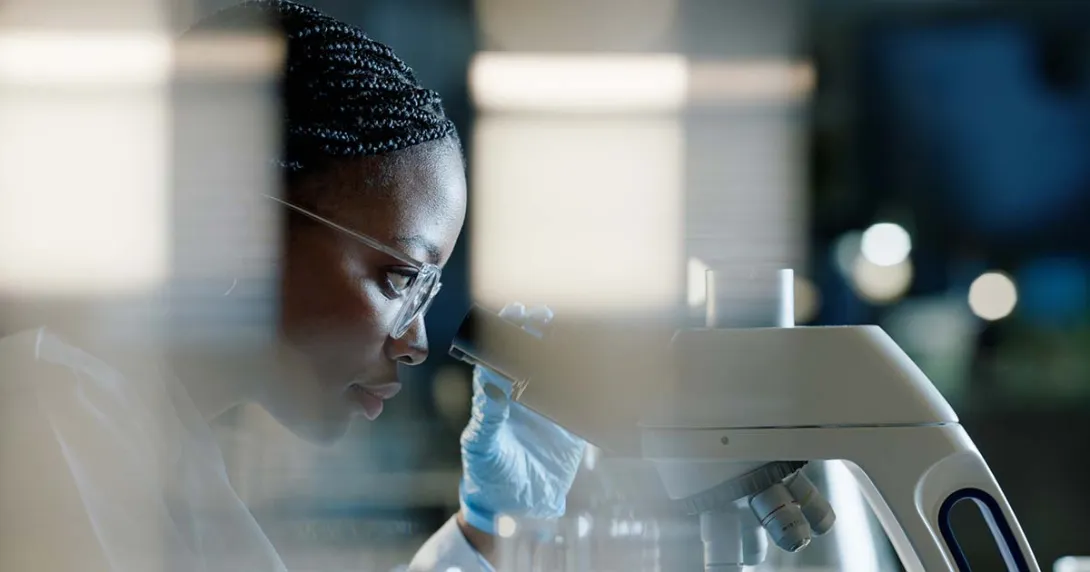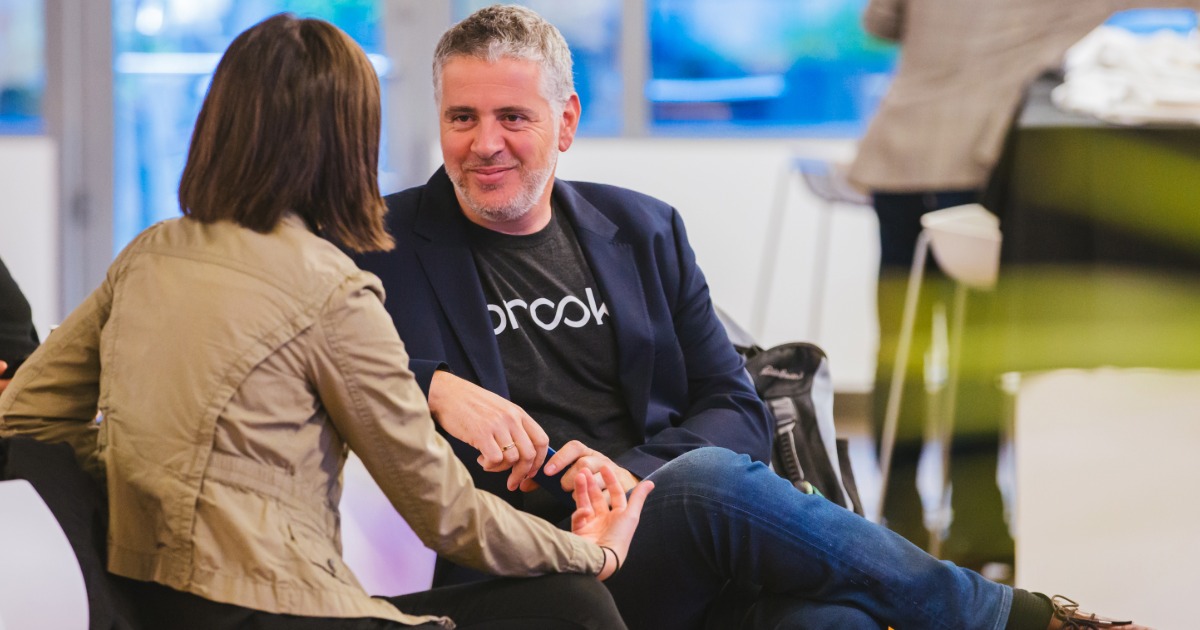
The pathology field faces a critical workforce shortage that significantly impacts cancer patient care. The College of American Pathologists' 2023 Practice Leader Survey documents the growing demand for pathologists and the increasing difficulties practices are having in hiring the pathologists they need.
THE CHALLENGE
Molecular pathology represents a subspecialty within pathology that is focused on interpretation of complex molecular and genomic tests. This discipline has only recently emerged, further reducing the number of qualified professionals with expertise in this area and compounding the workforce challenge in this area.
At the same time, pathology laboratories face declining reimbursement for complex testing, creating financial incentives to drive efficiency and return more clinically informative test results with less labor cost, said Dr. Nathan Montgomery, vice president of medical services at NeoGenomics, an oncology diagnostics provider organization. He also holds a Ph.D. in genetics and molecular biology.
"Most important, there is a patient at the end of this testing process, who may wait extended periods for results of tests that will determine whether they have cancer or how that cancer will be treated," he said. "As labs look to drive efficiency, pathology reporting represents a promising step where automation and artificial intelligence tools may help expedite return of results.
"NeoGenomics recognized its pathologists faced time-consuming, repetitive and inefficient workflows, which could be made more efficient and more standardized through application of artificial intelligence tools," he continued.
PROPOSAL
NeoGenomics saw inefficiencies in its reporting workflow for genomic tests, reflecting the large number of genetic alterations that may be found in a patient's cancer and the variable clinical significance of those results in different types of cancer.
"Manual processes were inefficient, and standard macro-driven reporting tools were insufficient to synthesize the combinatorial significance of the complex patterns of mutations that may occur in a patient's cancer," Montgomery explained. "As a result, we collaborated with vendor Caylent in a proof-of-concept effort to develop a generative tool intended to draft interpretive language for genomic testing reports in patients with blood cancers.
"The genAI pathology assistant was specifically designed to reimagine workflow bottlenecks, reducing pathologist time per case while facilitating the drafting of accurate and standardized interpretations," he continued. "We're piloting this technology with integration into existing laboratory systems through a 'lab in the loop' feedback mechanism, allowing pathologists to maintain oversight while dramatically improving throughput."
This approach enables pathologists to focus their expertise where it's most needed while the AI handles the routine, time-consuming aspects of test panel interpretation, effectively breaking the bottleneck that had been constraining their operations, he added.
"We anticipate seeing faster turnaround times, increased throughput that reduces patient backlogs, and high satisfaction rates among pathologists interpreting test panel results, as well as clinicians receiving those results," he said. "NeoGenomics started with NGS test results – initially for Neo Comprehensive Heme Cancers and Neo Comprehensive Myeloid Disorders panels – with the intention to expand to more testing panels as we validate the technology's effectiveness and refine our processes.
"This represents just the beginning of what we hope will be a transformative shift in how pathology services can leverage advanced technology like AI to address the persistent workforce and capacity challenges facing our field," he continued.
As more organizations adopt similar approaches, Montgomery expects to see industry-wide improvements in workflow efficiency and patient care delivery. While it's still early in his organization's development and implementation, he expects the artificial intelligence assistant will enable faster return of more standardized results to caregivers, allowing them to develop treatment plans more quickly – ultimately, contributing to better patient outcomes through accelerated result delivery.
MEETING THE CHALLENGE
NeoGenomics worked with Caylent as well as Amazon Web Services to implement a generative AI-powered "Pathology Assistant" using Amazon Bedrock, a managed service for building and scaling genAI applications. The assistant integrates genomic information and patient data to draft interpretative summaries of genomic test results for pathologists.
"NeoGenomics is redefining pathology workflows with the AI-powered Pathology Assistant built on retrieval-augmented generation technology and knowledge graphs," Montgomery explained. "Focused on automating routine analysis of NGS test results, the system uses Amazon Bedrock to reduce pathologist time per case while maintaining interpretative accuracy significantly."
RESULTS
Report throughput has improved significantly, as has report standardization.
"Early outcomes support faster turnaround for results, a marked increase in throughput, and high satisfaction rates among pathologists interpreting NGS results," Montgomery reported. "By integrating with existing lab systems and introducing a 'lab in the loop' feedback mechanism, NeoGenomics is driving continuous improvement.
"Implementation of this proof-of-concept tool into clinical workflows would have the potential to drive more rapid result delivery, interpretative standardization and report quality," he said.
ADVICE FOR OTHERS
"The most critical advice I would offer other healthcare organizations considering similar generative AI technology is to involve stakeholders from across the organization to identify challenges and prioritize the right use cases, while working early on in this process with a technology vendor that understands your business strategy and can deliver advanced systems that provide tangible organizational value," Montgomery said.
"Start by bringing together a diverse team that includes not just IT leadership but frontline pathologists, administrative staff, and optimally, even clinical end users who understand the day-to-day operational pain points and clinical need," he continued. "Each group brings a unique perspective on where bottlenecks actually occur and which problems cause the most significant impact on patient care and organizational efficiency."
Conduct a thorough assessment of current workflows to identify where manual processes are creating the greatest strain, he added.
"Don't assume you know where AI will be most beneficial – the most obvious applications may not be where you'll see the highest return on investment," he concluded. "For us, the volume of routine NGS analysis was creating a clear bottleneck that was consuming disproportionate amounts of pathologist time, but other organizations might find their greatest challenges lie elsewhere."
Follow Bill's HIT coverage on LinkedIn: Bill Siwicki
Email him: bsiwicki@himss.org
Healthcare IT News is a HIMSS Media publication.
WATCH NOW: How can an IT exec become a Chief AI Officer – and then work with the C-suite


